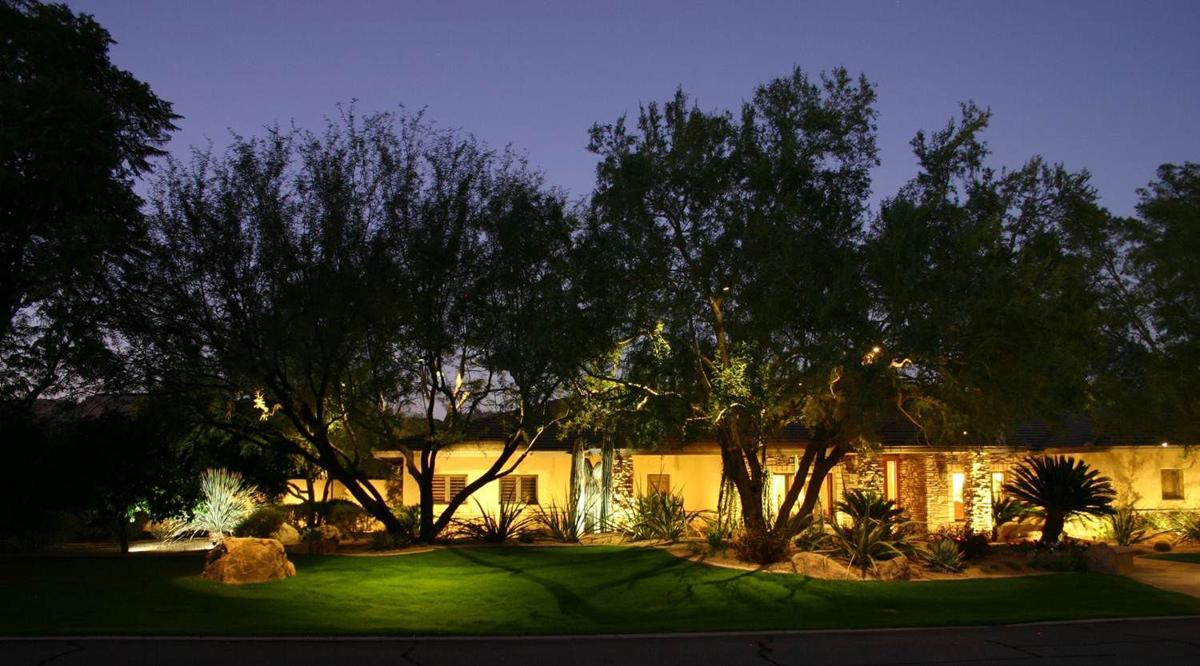Each year, thousands of Arizona residents email or call Rosie Romero’s radio show with questions about everything from preventing fires in their chimneys to getting rid of tree roots invading their sewer system. His goal is to provide answers that suit the specific lifestyle wherever someone lives in Arizona.
QUESTION: When should I fertilize my lawn and trees?
ANSWER: If you have a winter lawn — in other words, one that has been overseeded — you should fertilize it every 30 days with a cold-weather fertilizer. But if you have a winter dormant lawn that will get green later in the spring, you don’t need to fertilize it until the grass starts to green up. You also don’t need to water a dormant lawn very much right now.
Your trees can be fertilized now and through March — both citrus and other types of trees. We often say that Valentine’s Day is a good time to remember to fertilize because that’s when the danger of frost is past.
You don’t want to fertilize a dry plant. Water first, if it hasn’t rained recently, and then fertilize and water again.
Don’t sprinkle fertilizer on a tree right next to its trunk. You want to apply the fertilizer away from the trunk so that the nutrients can reach the feeder roots of the tree that are located out at the edge of the tree’s canopy.
Q: We have an older one-story home and we’re doing some remodeling including replacing the flooring in the kitchen, dining room and hallway. Should we run the new flooring – which will be vinyl – under the appliances in the kitchen? Some people tell us we should; others say we shouldn’t.
A: If you’re using flooring that has a lot of thickness, you might not run it under the dishwasher, for example, because it might be harder to get the dishwasher out when you replace it. Vinyl is not that thick, however, so you probably could run it under all your appliances. If you’re not replacing the cabinets, though, you will not be able to run the new flooring under the cabinets.
Q: I have a home that was built in 1988 that has popcorn ceilings. I want to get rid of the popcorn, but I have been told that I could just run a new ceiling layer over it. Should I do that? It seems as if it would be the easiest thing to do?
A: If your home was built in 1988, that popcorn finish is probably asbestos-free. You don’t need to cover it up with another ceiling. It actually would come off very easily if you spray it with water first and then scrape it. But you do have to put plastic on the walls and across the floor to prevent the wet material from doing any damage. Obviously, the process can be very messy. So whatever you do to this ceiling, you probably want to hire a contractor for the job.
Q: I recently bought a house built in 1984. We decided to pull up the original carpeting and install tile. But underneath the carpeting, we found numerous small cracks in the concrete that run along the edges near the wall. Some are as big as ¼-inch-wide but many of them very, very tiny. What should I do about them?
A: If the cracks are not climbing the walls and are very small, you probably don’t need to worry about them. Where the cracks run across the area where you are installing tile, a crack isolation slip sheet membrane can be put down first. The tile is laid on top of it.





